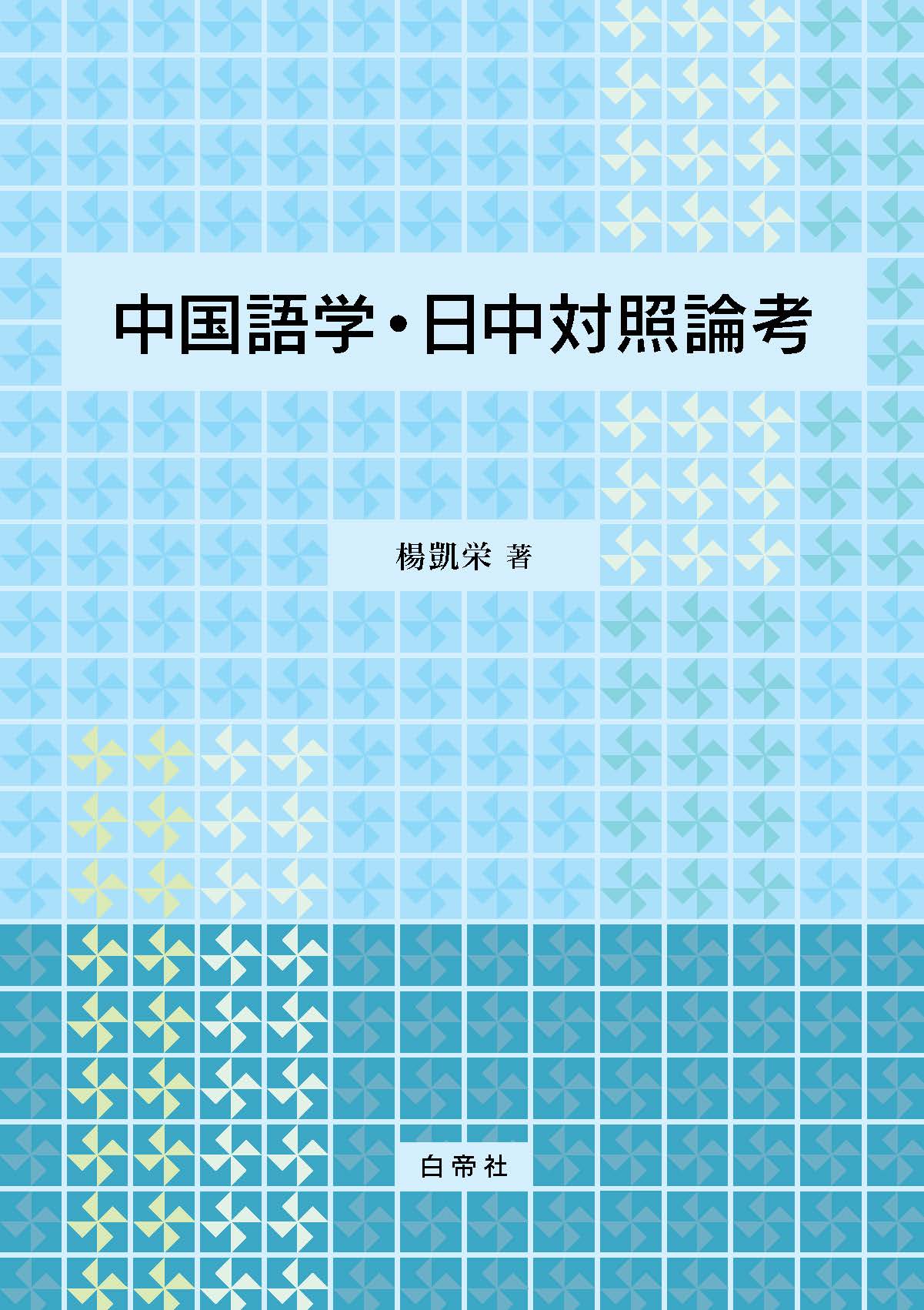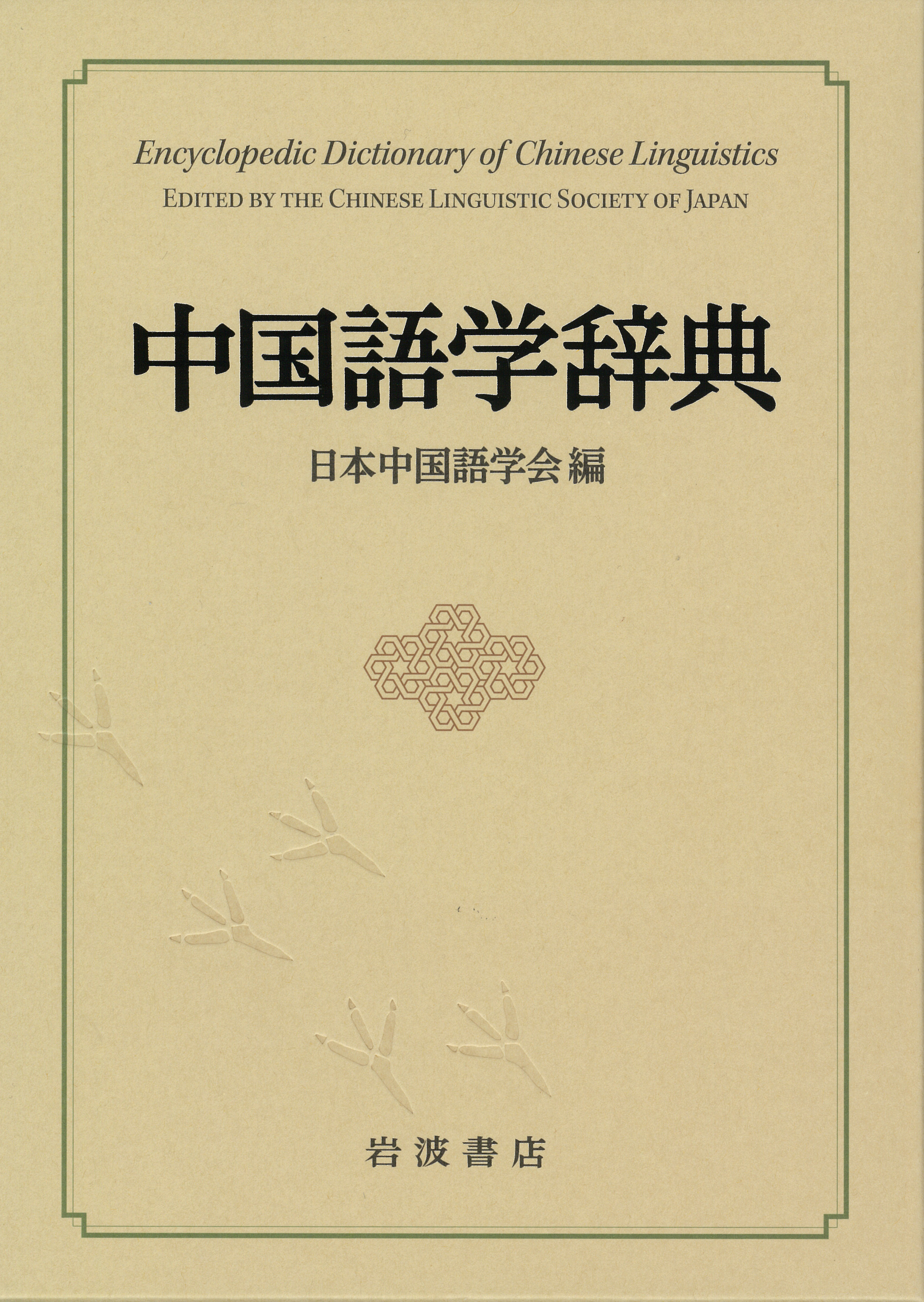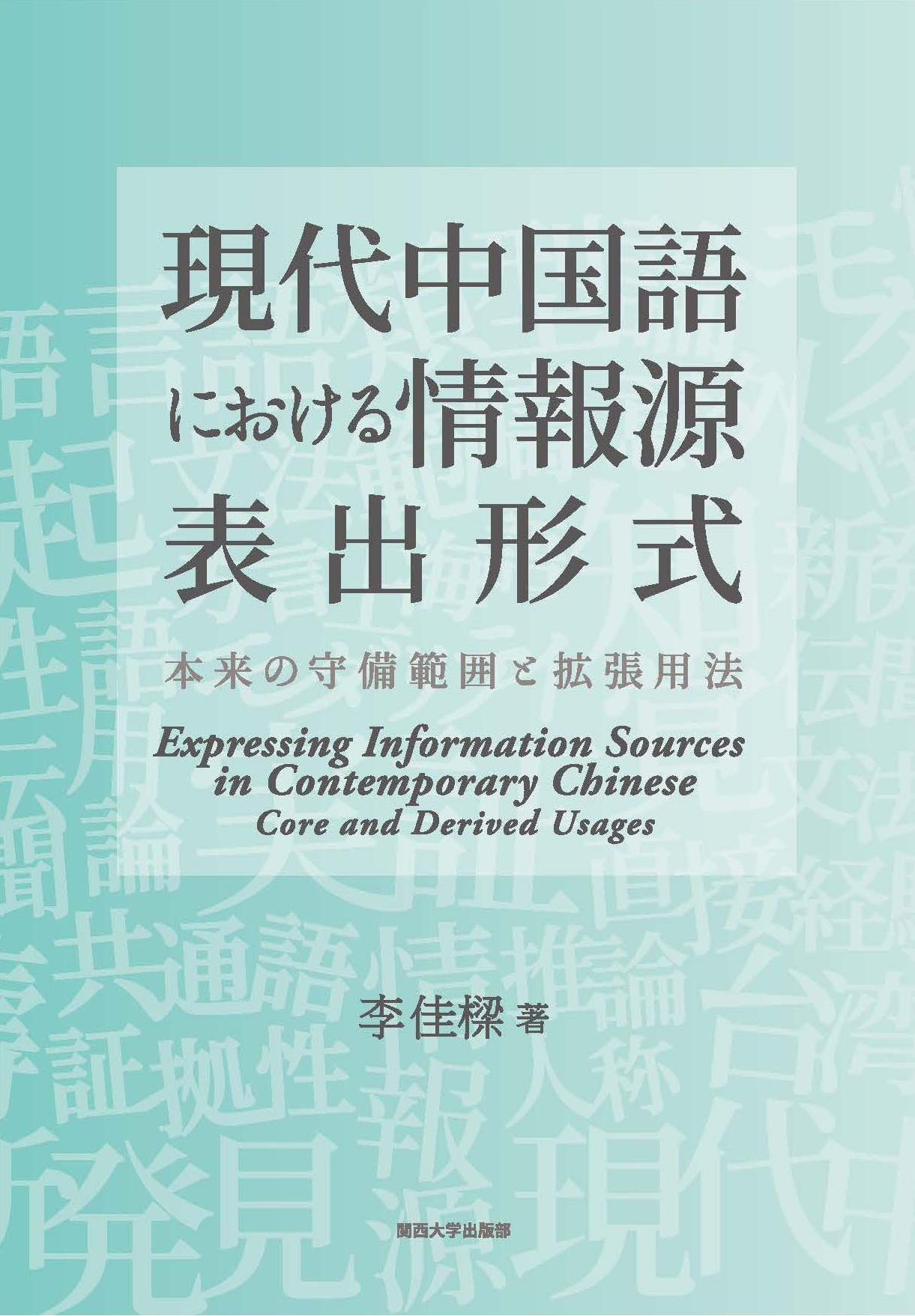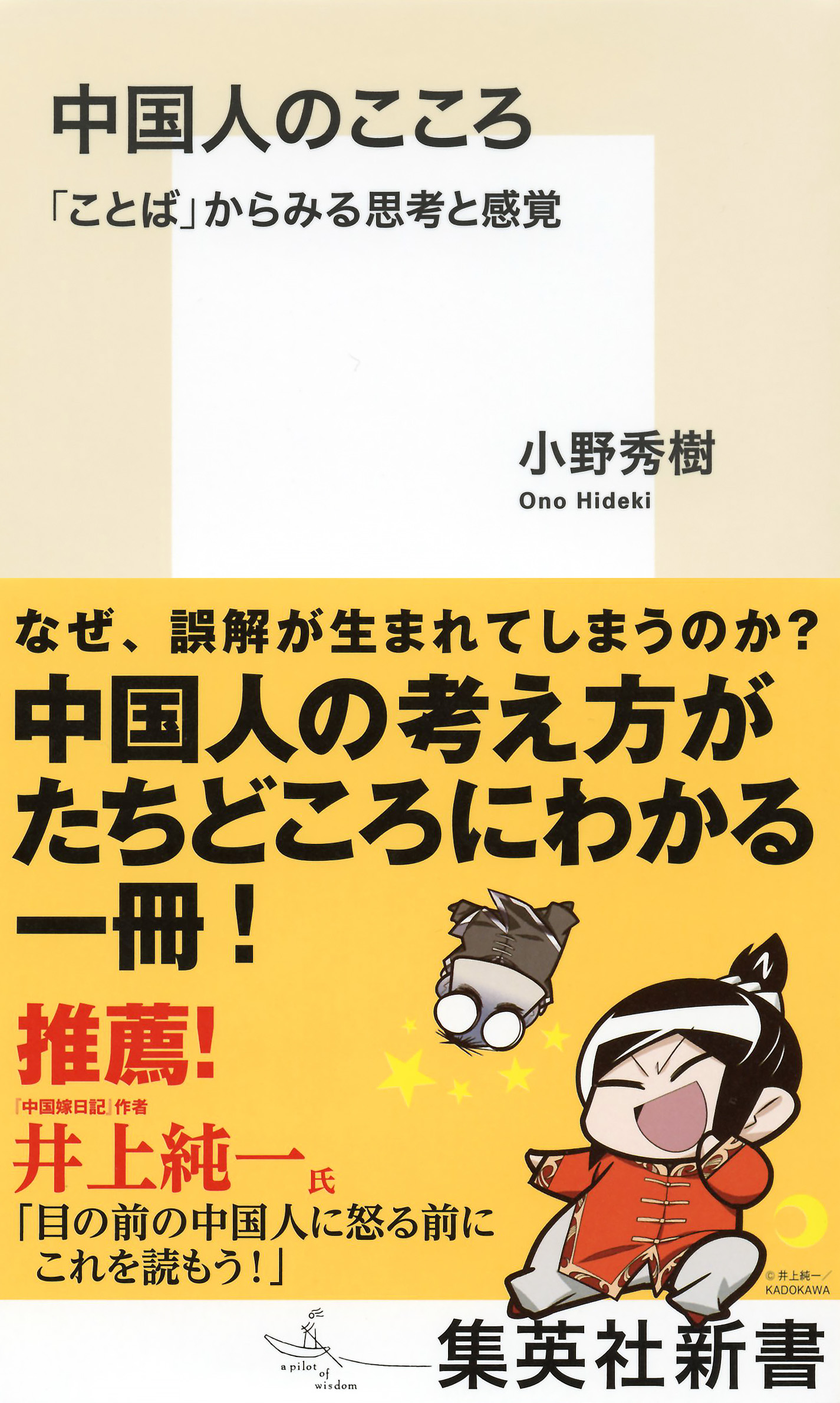
Title
Chugokugo-gaku / Nicchu-Taisho ronko (Studies in Chinese Linguistics and Japanese-Chinese Contrastive Research)
Size
376 pages, A5 format
Language
Japanese, Chinese
Released
September 08, 2018
ISBN
9784863982611
Published by
HAKUTEISHA
Book Info
See Book Availability at Library
Japanese Page
This book is a study of Chinese grammar and of contrastive research on Japanese and Chinese. With regard to the characteristics of Chinese and Japanese grammar and their differences, it deals not only with theoretical questions but also with many issues suggested by students’ questions and examples of their mistakes during my many years of teaching Chinese. In a word, the aim of this book is not only to undertake a theoretical study of Chinese grammar and Japanese-Chinese contrastive research but also to solve some of the difficult problems that have vexed many teachers of Chinese when actually teaching the language.
This book contains seventeen previously published articles, and instead of being arranged in chronological order, they have been divided by topic into seven sections. Lack of space prevents me from discussing all of the articles, and so I wish to summarize some of the representative pieces.
In Part 1, I take up the particle le, which could be described as one of the most important and difficult subjects in Chinese grammar. There already exists a great deal of research on le, and having examined this past research, I argue that one should distinguish between le1, indicating the perfective aspect, and le2, indicating change, and I demonstrate the grammatical differences between the two. I also show that a distinctive feature of Chinese grammar is that the particle le is unrelated to tense and is not necessarily used for situations that have been completed, and I explain the reasons for this from a functionalist viewpoint.
In Part 4, I take up various forms of universal quantifiers in Japanese and Chinese and clarify differences in the semantic functions of their respective forms and the reasons for these differences. I also point out that in Chinese, universal quantifiers that employ reduplication scan all members of a group and have a descriptive function.
In Part 6, I first take up from the viewpoint of cognitive linguistics differences in sentence structure that arise in positional relationships when directional complements in Chinese take an object, and I discuss the reasons for these differences. Further, in a contrastive study of benefactive expressions and possessive constructions in Japanese and Chinese, I start out from the fact that, even though benefactive expressions and possessive constructions belong to different grammatical categories, many Japanese students of Chinese confuse the two, and I consider the reasons behind the formation of benefactive expressions and possessive constructions in both languages and analyze in detail restrictions on their use. With regard to differences between Japanese and Chinese regarding adnominal clauses, a subject-predicate relationship (nexus) is used in Chinese, whereas an adnominal construction tends to be used in Japanese to express the same situation, and I point to the mechanisms operating behind this phenomenon.
In Part 7, I first undertake an examination of the functions of negative questions in Japanese and corresponding Chinese expressions from the perspective of pragmatics, and as well as explaining why the syntactic functions of negative questions in Japanese do not operate in Chinese, I also show what sorts of corresponding expressions exist in Chinese. I also explain the functions of negative questions in Chinese. Differences between Japanese and Chinese regarding expressions of emotions and sensations and changes of state are discussed from the perspective of evidentiality, and I show that whereas in Chinese whether or not the information has been obtained by one’s own eyes or ears is of decisive importance, in Japanese this alone is insufficient. The final article in Part 7 analyzes the pragmatic characteristics of the use of the Chinese personal pronoun renjia as a third person pronoun, and I also point out why it has such a function.
Thus, this book does not deal only with Chinese grammar, and focusing on phenomena that may be thought to correspond in Japanese and Chinese, it not only points out differences between the two languages, but also endeavours to clarify differences in the underlying linguistic mechanisms. In addition, one should also be able to learn how to undertake contrastive research on different languages from the problem setting, test methods, and analytical techniques employed in this book. In this sense, this book should also be useful for students thinking of undertaking contrastive research on Japanese and Chinese.
(Written by Kairong Yang, Professor, Graduate School of Arts and Sciences / 2019)



 Find a book
Find a book




